The third episode of the Bungo Stray Dogs Season 5 was one of the most anticipated episodes in the anime series so far and for a good reason: Akutagawa and Atsushi teamed up again to defeat the enemy. The episode won the top spot in Anime Corner’s seasonal polls proving again that it impressed the fandom. However, not everyone was happy with how this long-awaited episode turned out due to one simple reason: the episode did not adapt the manga panel for the panel and it even switched things around, leaving some (to fans) important things out.
While studio Bones does a wonderful job adapting the black-and-white pages into full-colored animation, not everything from the source material gets to the final output. This is not a unique situation for the Bungo Stray Dogs franchise: these changes are usually done for practical or creative reasons. If small, they don’t exactly affect the overall plot of the story, but they can certainly have an impact on the reader/watcher’s experience. Bungo Stray Dogs is a complicated story that has layers to delve into and naturally, these details matter. These omitted parts were small details that largely contribute to the character’s personalities and relationships with others. I don’t usually mind these things because I like to think that different rules apply to different media and I wish that more fans shared my opinion. So instead of being bitter towards the production team (the studio’s Twitter has been suspended, due to what is probably a case of mass reporting), I want to take this opportunity to invite fellow fans of the series to read and experience the manga (and the novels) too.
Bungo Stray Dogs Season 5 Episode 3: How Does It Compare to Manga?
Bungo Stray Dogs is originally a manga series so, unlike light novels which have limited illustrations and leave more to the imagination, it already gives fans a glimpse of what to expect. Studio Bones has been faithful, for the most part, “consulting” the manga, and by now, the fans, are used to knowing what to expect and when (the light novel side stories are also sometimes shown in the anime). The plot tends to stay consistent and by looking through the source material it’s easy to pinpoint which parts were adapted into which episodes.
In this case, “HERO VS. CRIMINAL” adapts chapters 84-87 of the manga’s 20th volume. After seeing the flurry of complaints, I decided to open those exact chapters and compare them to the anime, to see what exactly was missed, changed, and how those things affected the overall anime viewer’s experience. Be warned that there are MAJOR SPOILERS below.
- The first difference can be seen at the beginning of the episode when Akutagawa meets Dazai in the forest. In the manga, Dazai sits on a tree stump rather than a large part of the root in the anime.
- One major difference was the facial expressions. While manga has its limits with movements, anime makes up for it one way or another. In the Bungo Stray Dogs manga, there are a lot of close-ups of the characters that relay much more emotion. For example, Akutagawa is drawn having the innocent shock of being called by the mentor who abandoned him, and later, to the strong and proud refusal (and a bit offended) by his request. When compared to the flashback Dark Era scene, the present Dazai has noticeably lighter eyes, which the anime does not fully portray.
- In the manga, we often get to read Atsushi’s point of view. It helps build the scene and provide context for the readers. For example, Atsushi would strategize or panic about the fight in his mind. Another small part that the anime omitted was when he recognized Fukuchi’s martial arts style was similar to Fukuzawa’s. The anime rarely does these narrations, which in some cases, is also understandable.
- In the manga, there is a part where Akutagawa smartly lengthens his cloak to evade Fukuchi’s attacks. The latter compliments Akutagawa, even saying he is craftier than the tiger. In the anime, Atushi jumps to save Akutagwa and entirely skips this small scene.
- At the end of this chapter in the manga, there is a panel where Atsushi supports a wounded Akutagawa in the hallway. The anime skips this and jumps to Akutagawa’s line instead.
- Other than Akutagawa and Atushi planning their strategy more elaborately, the manga also has a panel wherein they wonder what the original Double Black (Twin Dark) — the genius Dazai and powerful Chuya — would do in this situation. A panel of this duo is also shown.
- Following this, the manga also has a part where Akutagawa and Atsushi try to copy the duo. The tactics they come up with are simple-minded and silly, and it easily adds a bit of comedy to the situation. Meanwhile, in the anime, they skip this interaction and go right into the discussion of engaging the enemy underwater.
- In the anime, Akutagawa and Atsushi immediately engage in battle with Fukuchi after his “divine justice” battle cry. In the manga, however, there is a panel where Atsushi becomes fueled by anger because of what he says before the battle cry. Fukuchi mentions that it is because of the state and its order that wars exist, and thus, he plans to destroy all the nations to end the war. Akutagawa also mentions how the tiger changed his mind about prioritizing survival over combat. Personally, I see this as one of those moments Atsushi forgets his fears and jumps into action for the sake of others — a quality that I’ll discuss later.
- In the anime, when Fukuchi uses Atsushi’s punch against Akutagawa, Atushi reacts out loud. In the manga, Atushishi only reacts in his mind about Akutagawa’s broken arm and the danger of close combat. Strangely enough, the anime doesn’t include the scene after this when Akutagawa also shouts out loud in concern for Atsushi.
- Compared to the manga, the anime takes a more straightforward and hard approach when Fukuchi offers to take Akutagawa as an apprentice. As I also mentioned above, the manga has more panels with their expressions during the exchange, while in the anime, the scenes or angle changes are fewer.
- In the manga, Fukuchi also acts kinder and more understanding towards Akutagawa, making it feel more evil or manipulative in a way. Fukuchi also sits down for this conversation and he asks the favor because he is “too old” already. Overall, it adds a different element to the scene. The betrayal is much more dramatic, especially when the last panel of the chapter illustrates Akutagawa’s changed conviction to kill Atushi.
- Another difference from the manga is the way the anime portrays Akutagawa’s reason for living. The anime plainly reveals that Akutagawa is dying. Meanwhile, the manga has more arguments between Atushi and Akutagawa. It is set up to show that Akutagawa values his survival and although he doesn’t fear death, he is more concerned about wanting to be acknowledged by his mentor with the little time he has left.
- The way he answers about his lung disease is also a dramatic panel, which the anime does not adapt.
- In the manga, Fukuchi has a slightly shocked expression when he is cut. Meanwhile, in the anime, Fukuchi wears a serious face.
- In the manga, when Fukuchi rewinds, Akutagawa is slashed across the chest while in the anime, he is impaled.
- Before Fukuchi asks for their last words, Akutagawa has a panel in the manga where he realizes their defeat against a man they never should have attempted to challenge. This panel shows a blank or accepting expression. Personally, I take this as the moment he decides how to ultimately save and help Atsushi escape which in turn, would make Dazai proud of him. In the anime, it cuts directly to his last words and the first time he uses Rashomon with his white clothing.
- The anime reveals his white Rashomon with Akutagawa touching the floor. In the manga, Akutagawa is kneeling and barely keeping himself up, which in my opinion, looked more desperate.
- Lastly, in the manga, Akutagawa gets fatally slashed on the left side of his neck, while in the anime, it is on the right side. (Perhaps this is an angle thing or creative choice.)
There are plenty of other instances where Studio Bones had done some changes in the past. For instance, the plot of the first light novel that featured Dazai’s entrance exam was actually used in the first season as a sort of filler. At the top of my head, other scenes they omitted were Chuya’s silence before using Corruption or that time Dazai needed to use the bathroom because he had too much dog food. There are also times when the studio adds its own thing, like wacky moments and other fan services. And then other times, we are left with the what-ifs and what could have been.
I personally think it’s a shame that they didn’t include the more expressive panels, but I’m not necessarily angry at them. After all, that is what an adaptation is. However, I can’t speak for the people of the internet. As stated above, in a strange coincidence, days after this episode aired, the official Twitter account of studio Bones was suspended for reasons they have not yet disclosed.
Why Are Some Fans Disappointed?
Part of the reason why most anime and manga fans were excited (and scared) for Bungo Stray Dogs Season 5 episode 3 to be animated `is because it is such a turning point for Akutagawa’s character. The things he said, the emotions he had, and so on and so forth — these details made the manga chapter more excruciatingly painful to experience than what I just saw in the anime. Akutagawa is not just an angry and power-hungry mafioso. He is also a young man desperate for a reason for living because, without that, his strength and his life have no value — something which Dazai had instilled back in the Port Mafia. But that isn’t the case anymore and no matter how Dazai hopes for Akutagawa to realize that, he can’t currently do so. That’s the whole (other) reason why Dazai made their duo — so that Akutagawa could learn from Atsushi and Atsushi could learn from Akutagawa. To put it simply, they have to realize how to value life.
If you’re confused about the question Dazai asked Akutagawa in this episode, it’s revealed later that Atsushi is Akutagawa’s test. Through their rivalry, partnership, and promise, Akutagawa won’t make any more reckless or unnecessary killings and can genuinely learn to care for others (remember when he tried to give Kyoka a reason for living by killing? Did not end well). On the other hand, Atsushi can learn the strength to overcome his trauma and self-pity from the headstrong and confident Akutagawa. Dazai’s relationship with both of them is the foundation here, and just like how Odasaku was for him, he wishes the same growth for these two. And yes, I like to think Akutagawa did prove himself worthy in those final moments. All in all, I’m amazed by the depth of this story and I can’t help but cry my appreciation and love for all of these characters, especially Akutagawa.
Bungo Stray Dogs Season 5 returns next week (Wednesday) with a new episode. If you are enjoying it, don’t forget to vote for it in our weekly polls.
Please check out Yen Press if you want to read the manga. Feel free to share your thoughts on these changes in the comments!
Anime: ©Kafka Asagiri, Harukawa35/KADOKAWA/Bungo Stray Dogs Production Committee
Manga: ©Kafka Asagiri 2020, ©Sango Harukawa 2020; Translated by Yen Press (Kevin Gifford)
Also Read:
Bungo Stray Dogs’ Author Kafka Asagiri Attends Anime Expo 2023, Explains Why Dazai Is a Donut
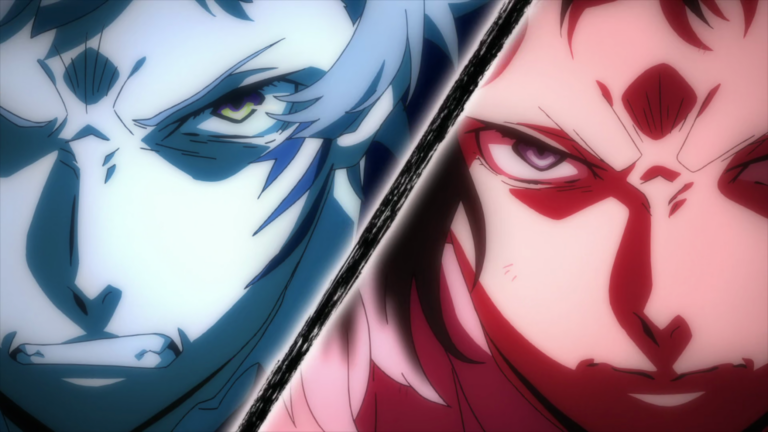
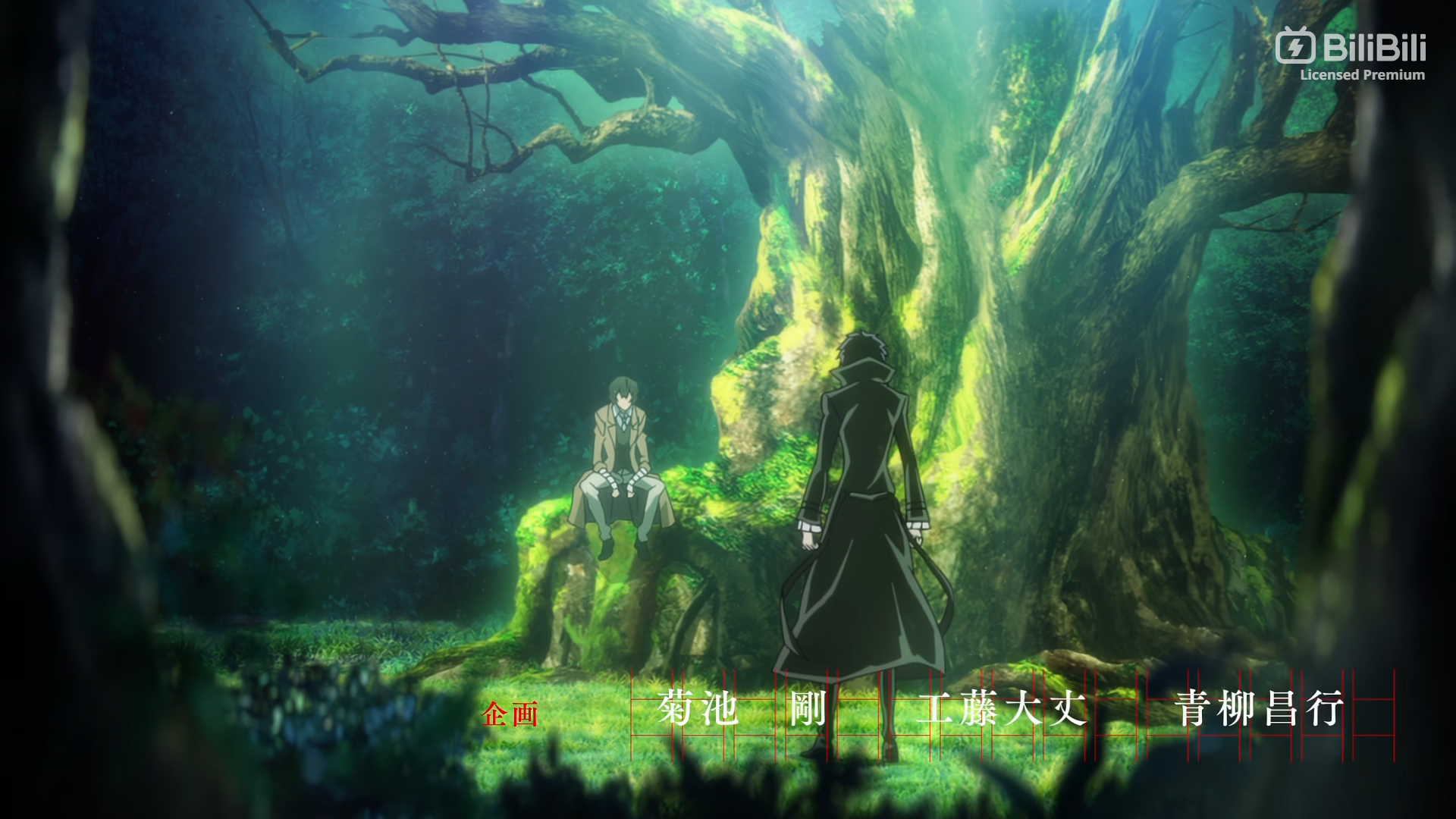
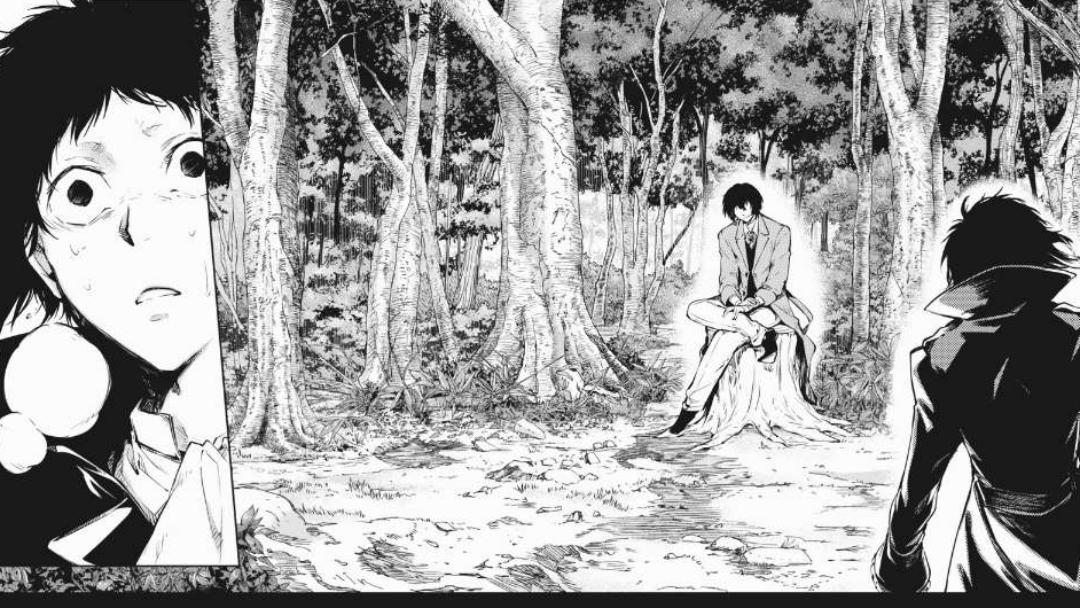
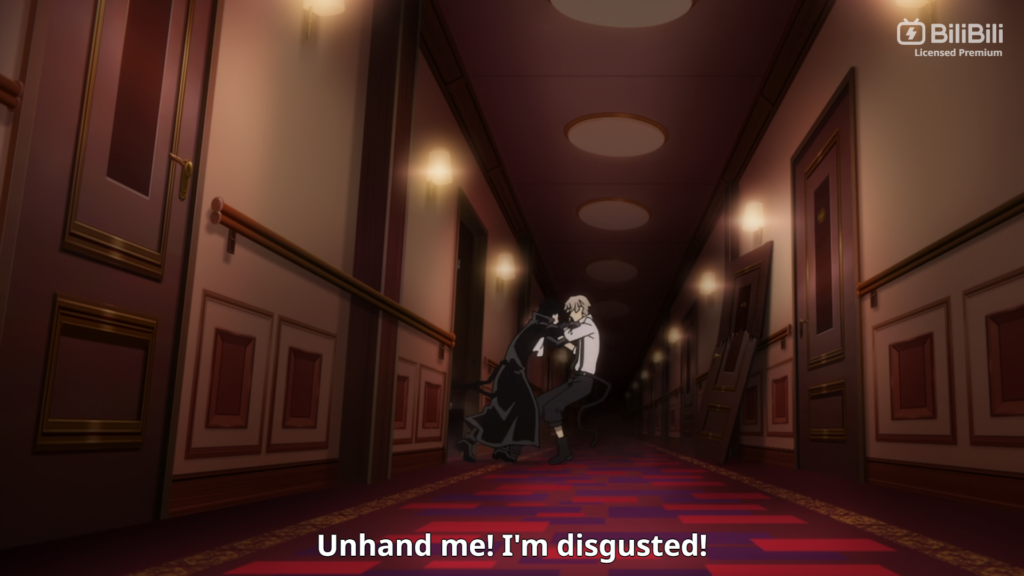
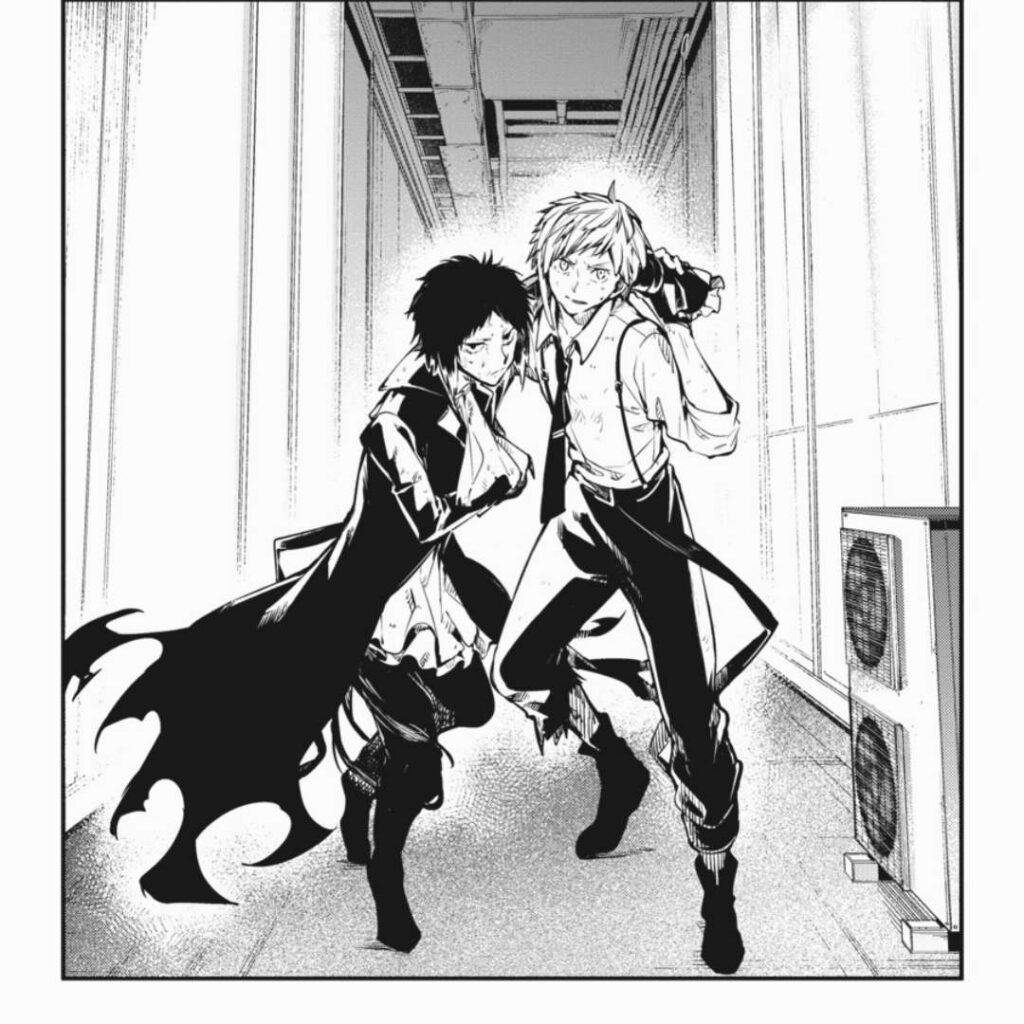
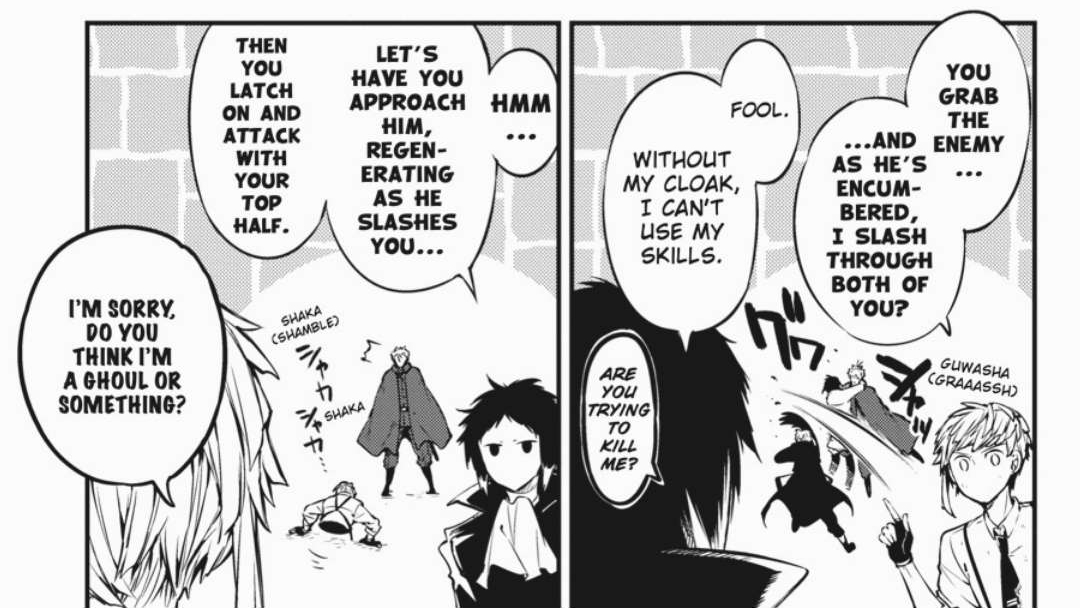
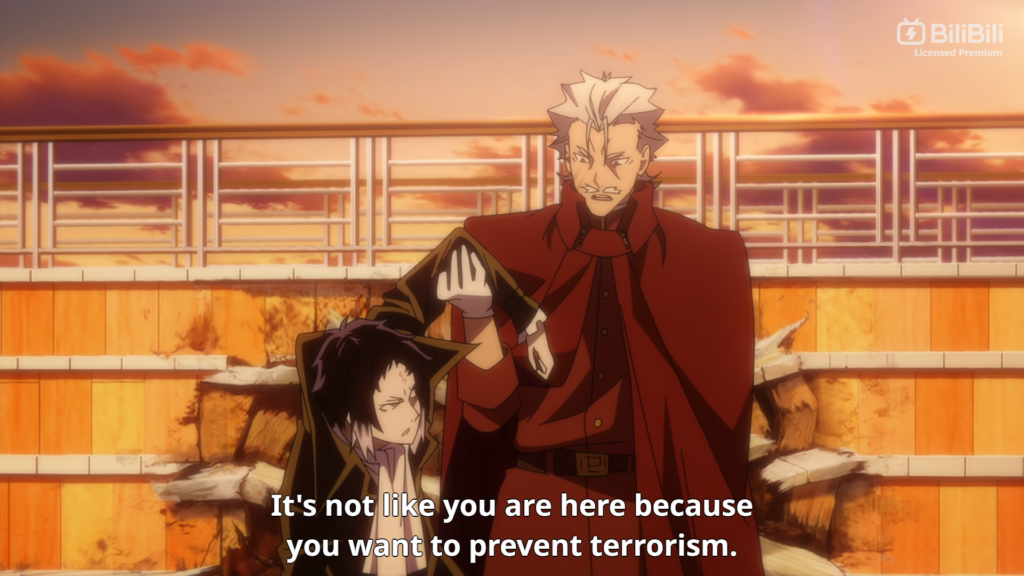
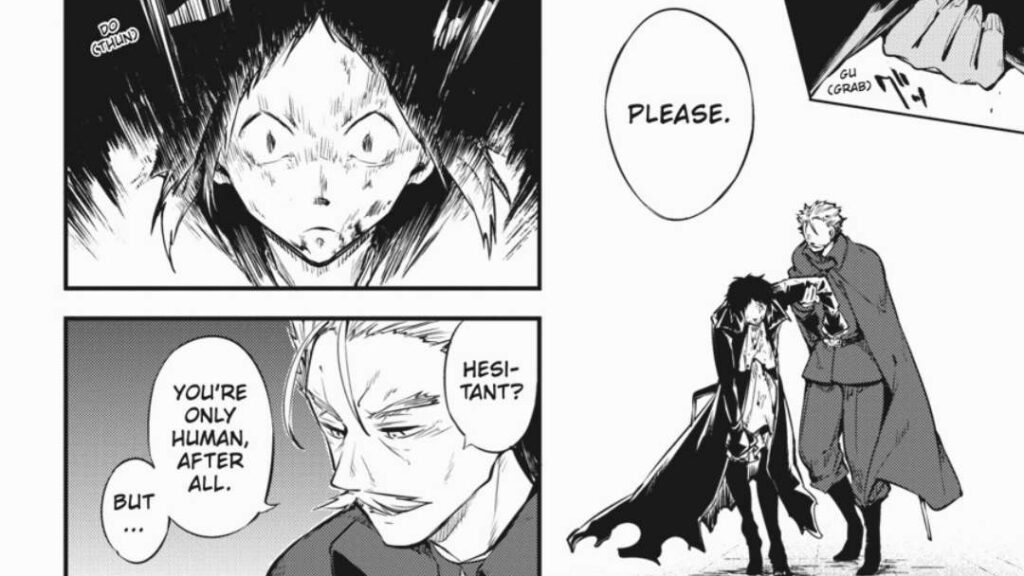
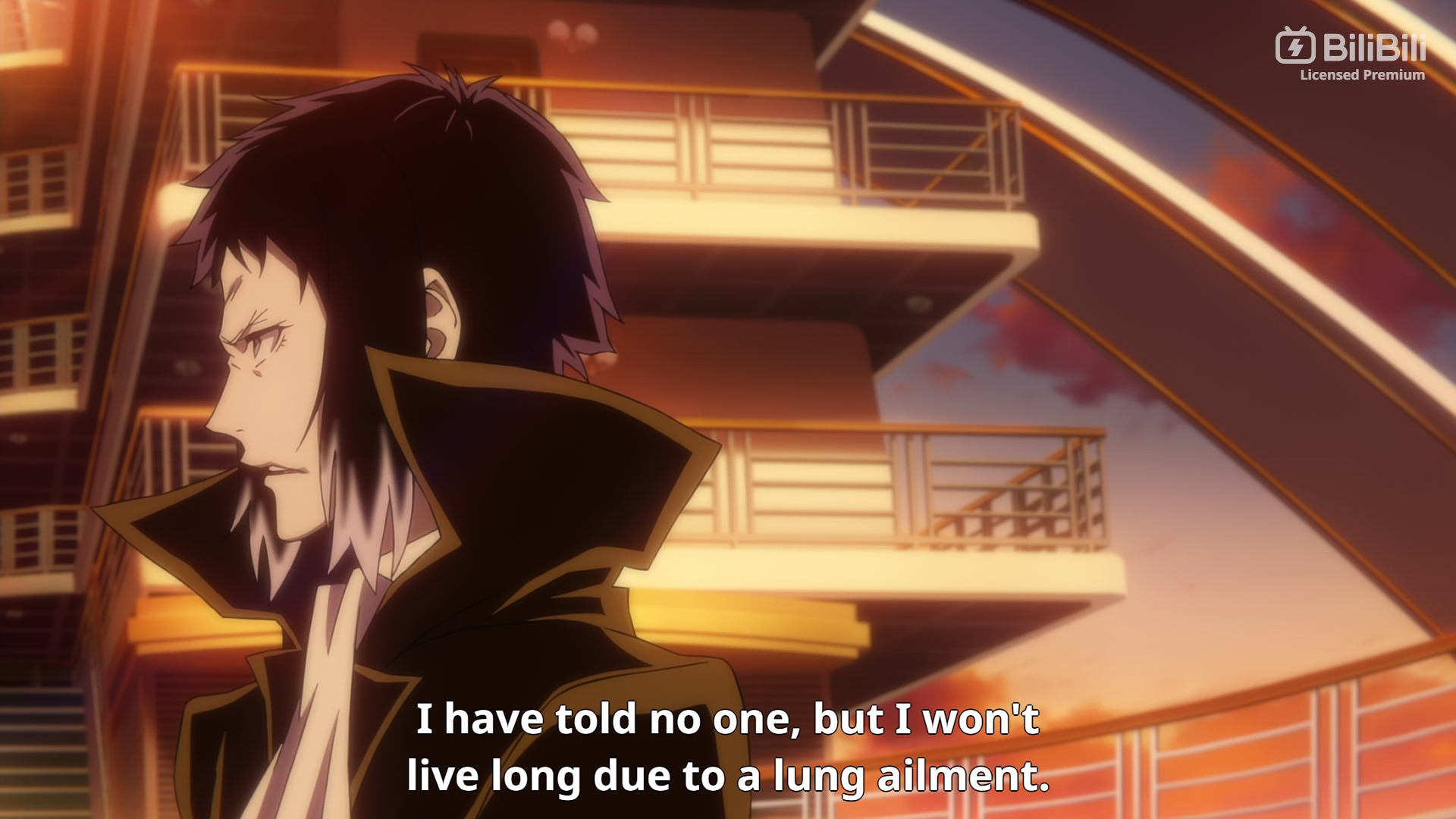
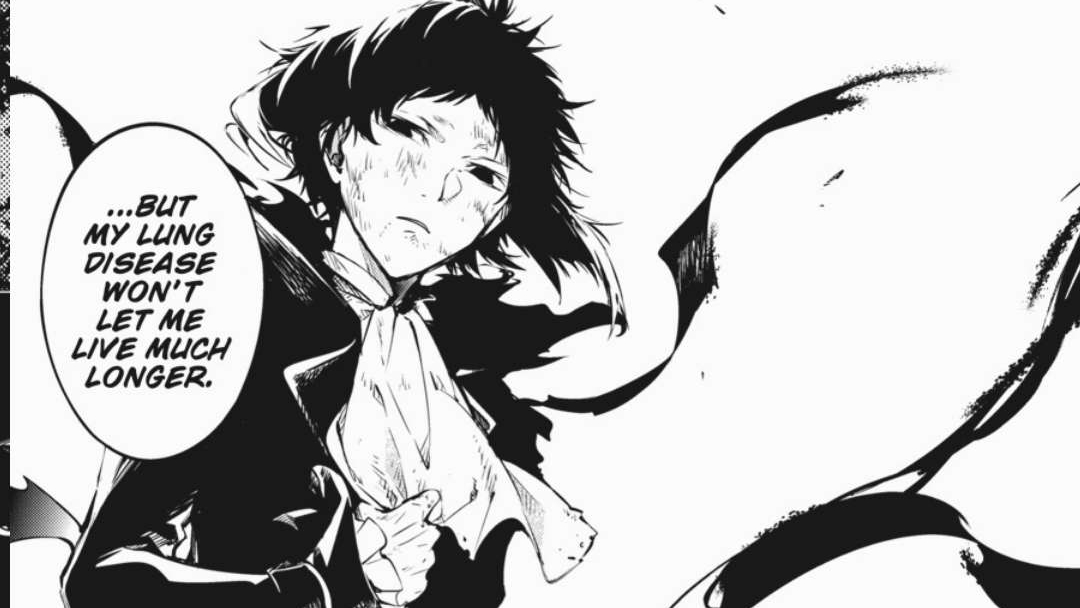
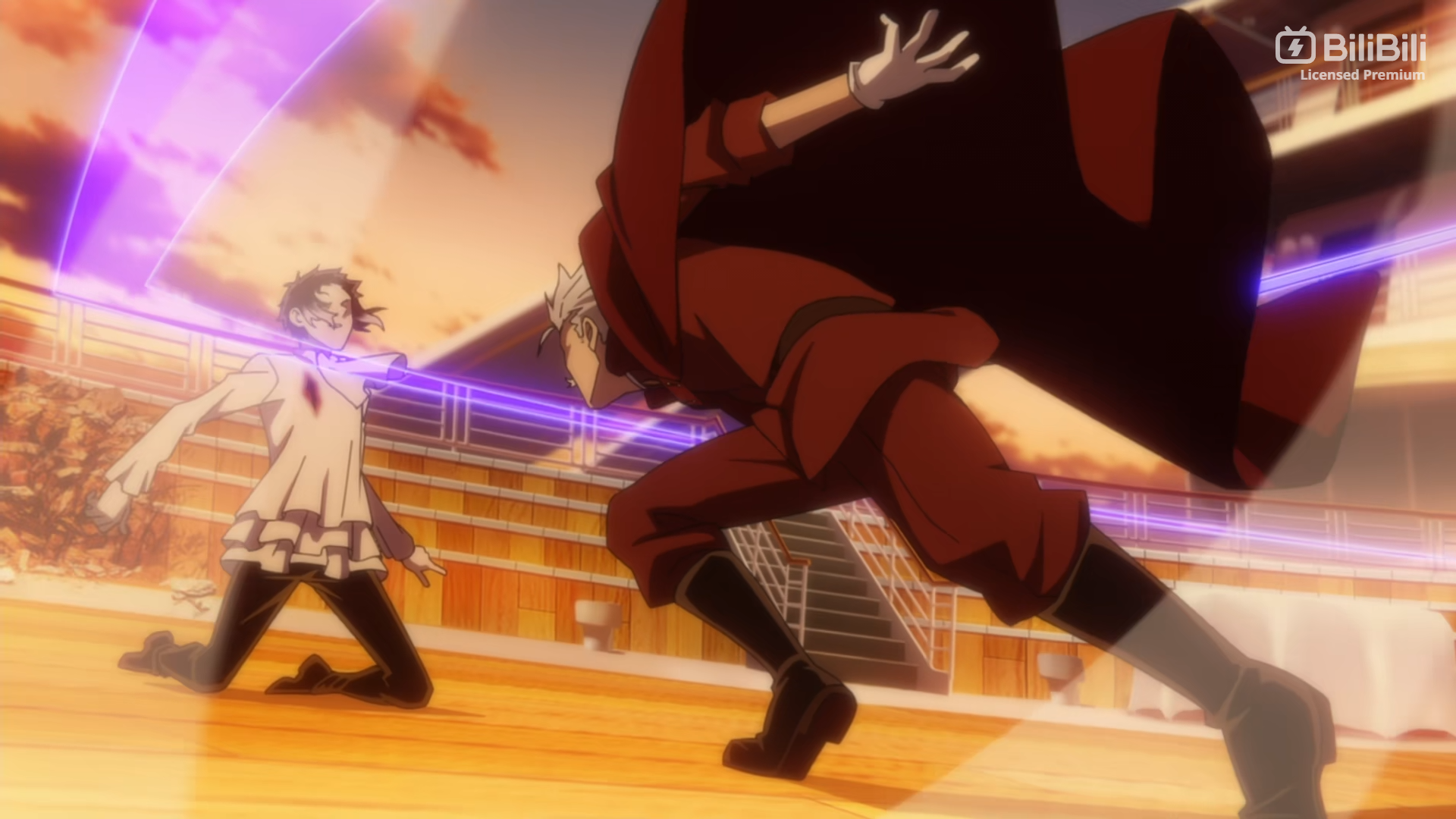
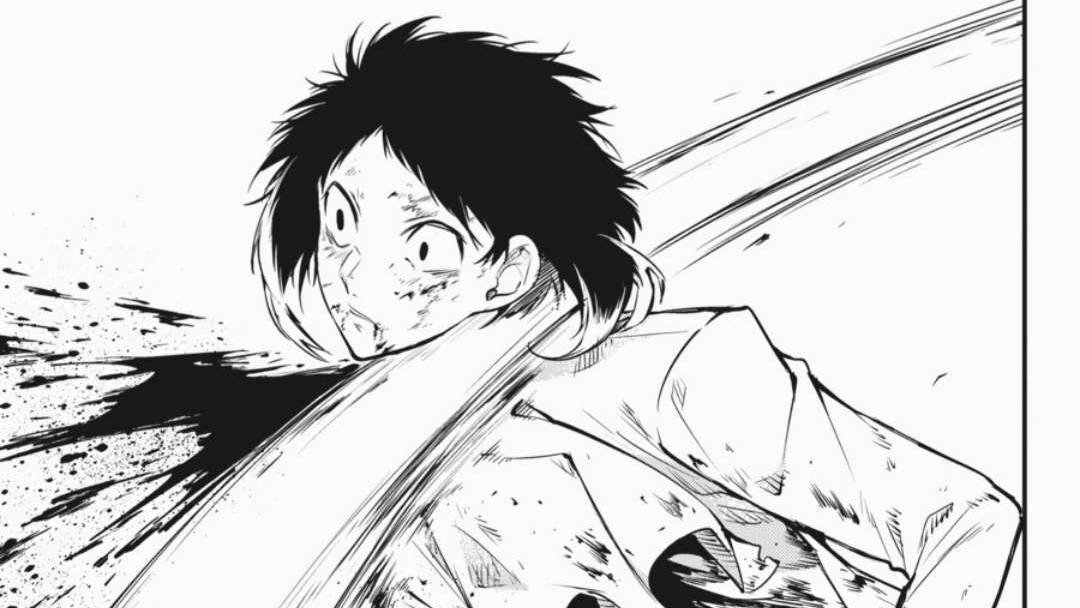
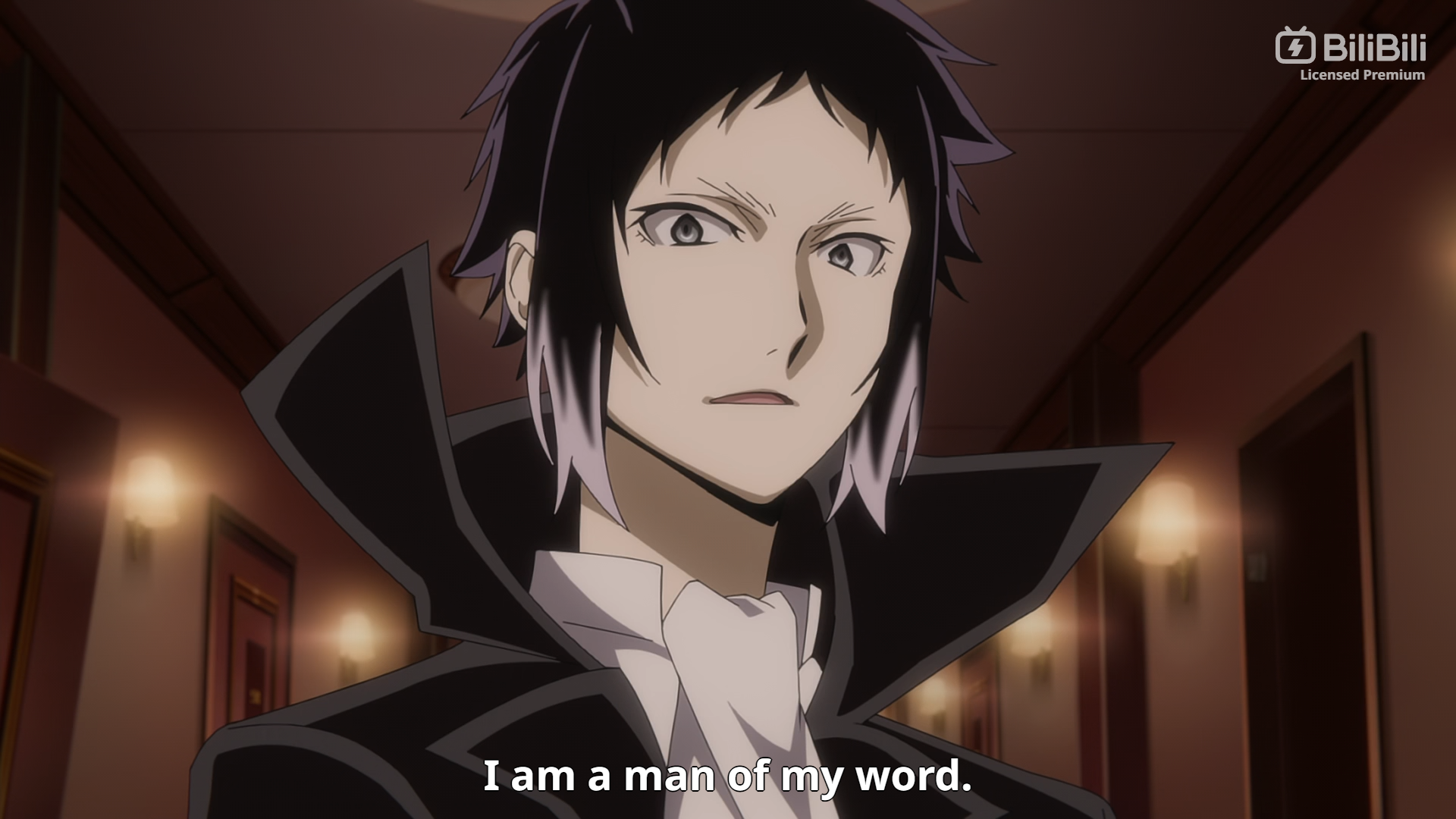
Participate In Discussions